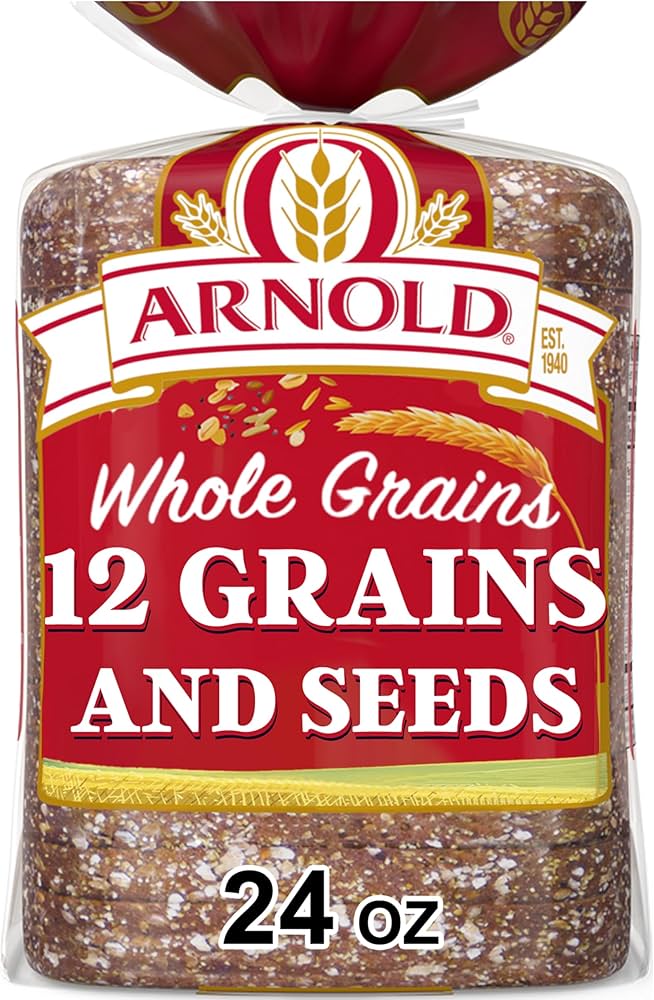
In today’s world, where convenience often trumps nutrition, it’s easy to overlook the importance of wholesome foods. However, making conscious choices about what we eat can significantly impact our overall well-being. One such choice is opting for 12 grain whole wheat bread over refined white bread. This delicious and nutritious option offers a wealth of benefits that extend beyond its satisfying taste.
This article delves into the numerous advantages of incorporating 12 grain whole wheat bread into your diet. We’ll explore its impressive nutritional profile, unique flavor and texture, and versatile culinary applications. By the end, you’ll understand why this humble loaf deserves a prominent place in your pantry.
Benefits of 12 Grain Whole Wheat Bread
Choosing 12 grain whole wheat bread over refined white bread offers several distinct advantages for your health and well-being. Firstly, it’s an excellent source of dietary fiber, which is crucial for maintaining digestive health and promoting regularity. Fiber also helps regulate blood sugar levels, reducing the risk of type 2 diabetes.
Furthermore, 12 grain whole wheat bread provides a good amount of essential vitamins and minerals, including B vitamins, iron, magnesium, and selenium. These nutrients play vital roles in various bodily functions, from energy production to immune system support. The complex carbohydrates found in this bread provide sustained energy release, keeping you feeling full and satisfied for longer periods.
Nutritional Value
12 grain whole wheat bread boasts a rich nutritional profile that sets it apart from its refined counterparts. Each slice packs a punch of essential nutrients, contributing to your daily dietary needs.
Key Nutrients:
- Fiber: A significant source of dietary fiber, promoting digestive health and regularity.
- B Vitamins: Rich in B vitamins like thiamin, riboflavin, niacin, and folate, which are crucial for energy metabolism, nerve function, and cell growth.
- Iron: Provides a good amount of iron, essential for red blood cell production and oxygen transport throughout the body.
- Magnesium: A valuable source of magnesium, which plays a role in muscle function, nerve transmission, and blood sugar control.
Flavor and Texture
12 grain whole wheat bread offers a unique flavor profile that sets it apart from other types of bread. The combination of twelve different grains creates a complex and satisfying taste that is both nutty and slightly sweet.
The texture of 12 grain whole wheat bread is also noteworthy. It boasts a hearty and dense crumb, providing a satisfying chewiness with each bite. This makes it perfect for sandwiches, where it can hold up to fillings without becoming soggy.
Culinary Uses
The versatility of 12 grain whole wheat bread extends far beyond simple toast or sandwiches. Its robust flavor and texture make it an excellent base for a variety of culinary creations.
Creative Applications:
- French Toast: Elevate your French toast game by using 12 grain whole wheat bread. The added fiber and complex flavors create a richer and more satisfying breakfast treat.
- Croutons: Cube 12 grain whole wheat bread and bake it until crispy for homemade croutons that add texture and flavor to salads or soups.
- Bread Pudding: Use 12 grain whole wheat bread in your next bread pudding recipe for a heartier and more nutritious twist on this classic dessert.
Conclusion
Incorporating 12 grain whole wheat bread into your diet is a simple yet impactful way to enhance your nutritional intake and elevate your culinary experiences. Its impressive nutritional profile, unique flavor and texture, and versatile applications make it a truly exceptional choice for health-conscious individuals seeking delicious and wholesome food options. So next time you’re at the grocery store, reach for a loaf of 12 grain whole wheat bread and discover the difference it can make in your meals and overall well-being.
